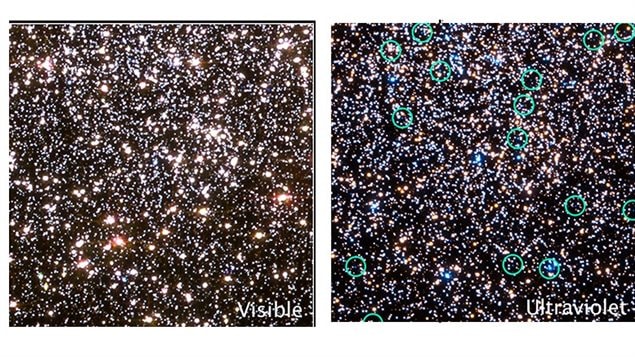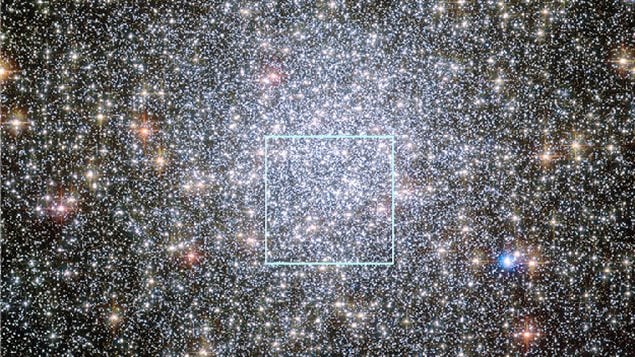First time observation changes understanding of stars
Scientists have witnessed for the first time a phenomenon in deep space, long suspected but never witnessed, and in doing so have discovered something surprising.
Two scientists from Canada’s University of British Columbia were involved with the team that made these first time observations using the Hubble Space Telescope.
Jeremy Heyl (PhD) was one of them. He is a former Canada Research Chair in Neutron Stars and Black Holes, and is now a professor in the Department of Physics and Astronomy at the University of British Columbia.
Listen
What the scientists were able to observe is the migration of white dwarf stars away from the centre of a globular cluster of stars. They were studying the cluster known as 47 Tucanae, a dense collection of thousands of stars in our Milky Way Galaxy over 13,000 light years away.
A star, like our own sun goes through a life cycle.
During the billions of years of its life, it expands and contracts enormously twice as it uses up its hydrogen fuel, until eventually only the super hot, but cooling core is left. It is this cooling core that is called a white dwarf.
It had long been thought that as a star loses mass during it’s life cycle, it begins to migrate out of the centre of the cluster.
What the scientists observed for the first time, is that during that life cycle as the star uses up its fuel and expands greatly, such as in the Red Giant phase, and contracts, it really doesn’t lose much mass and remains virtually within its place in the cluster.
However it is only some 100 million years later just prior to final collapse into the white dwarf phase that the star seems to lose most of its mass. This was a revelation to the scientists.

Once in this phase, with a much smaller mass, it is then that the white dwarf begins to be pulled and accelerated by the heavier stars around it and because of this acceleration, it is only then it begins to migrate outward from the centre of the cluster.
With this new knowledge, scientists will be better able to determine distances to other bodies in the universe and stellar evolution.







For reasons beyond our control, and for an undetermined period of time, our comment section is now closed. However, our social networks remain open to your contributions.